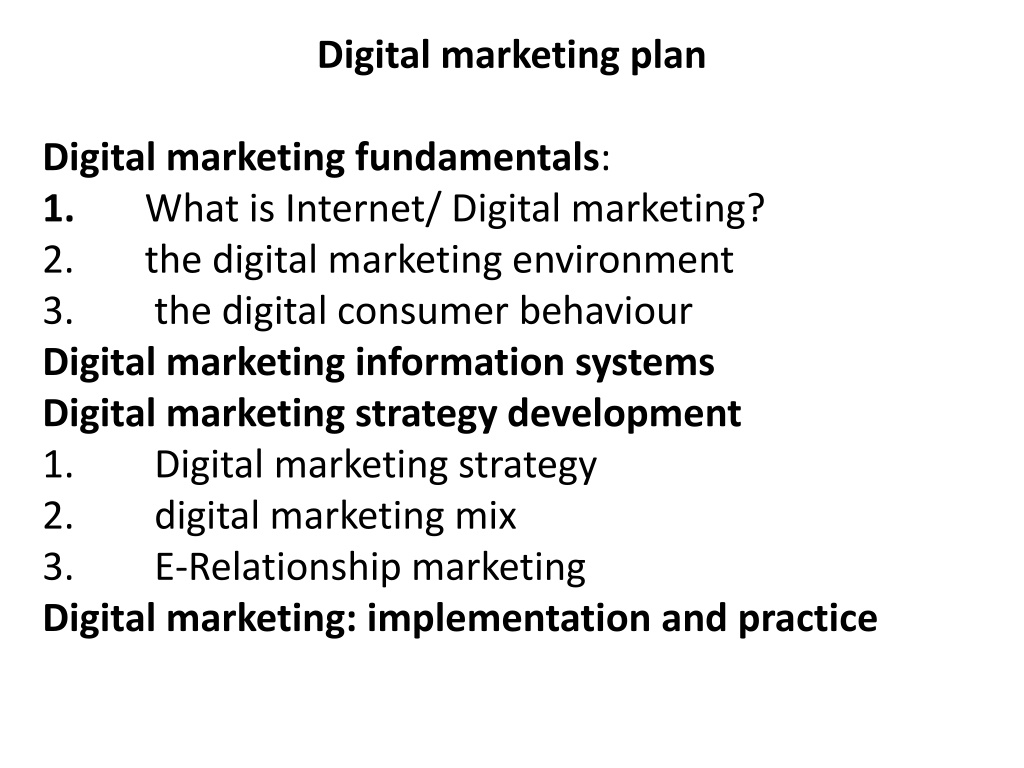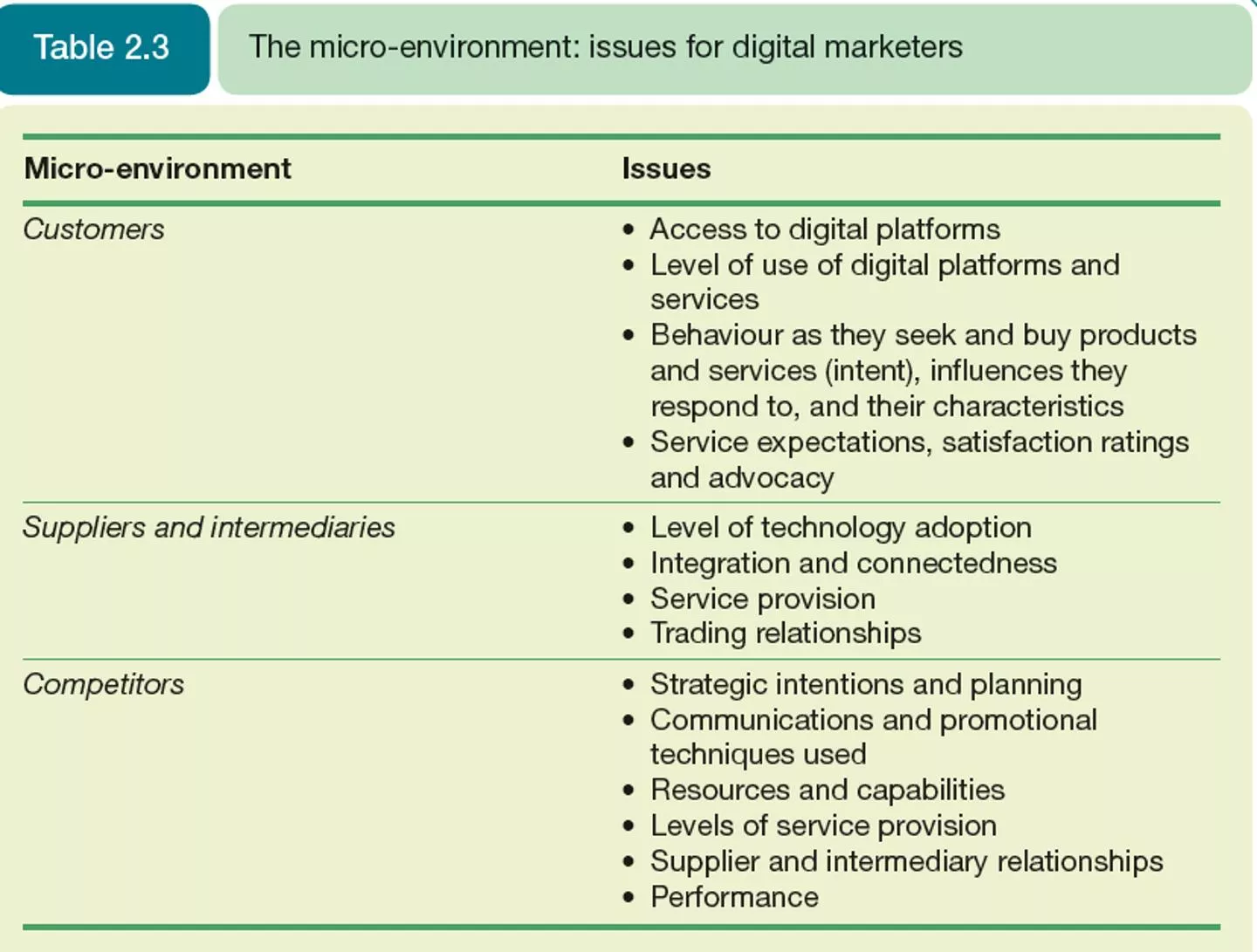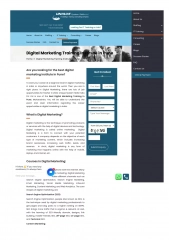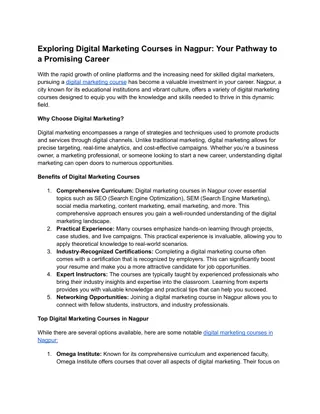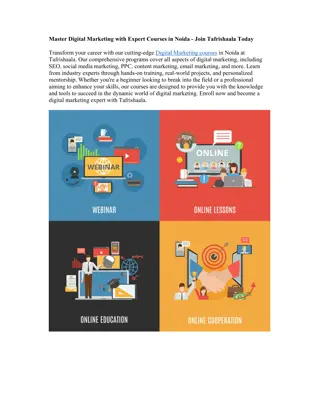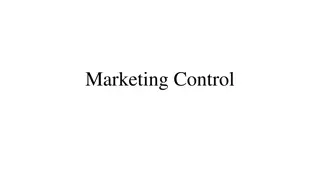Digital Marketing: Customer Behavior Analysis
In the realm of digital marketing, analyzing customer behavior is crucial for strategizing and planning. This involves understanding the shifts in consumer attitudes towards online shopping, the impact of digital technologies on purchasing decisions, and the nuances of demand analysis and digital consumer behavior. By delving deep into these aspects, marketers can create targeted approaches and customer segments to enhance their online presence and drive conversions effectively.
Download Presentation

Please find below an Image/Link to download the presentation.
The content on the website is provided AS IS for your information and personal use only. It may not be sold, licensed, or shared on other websites without obtaining consent from the author.If you encounter any issues during the download, it is possible that the publisher has removed the file from their server.
You are allowed to download the files provided on this website for personal or commercial use, subject to the condition that they are used lawfully. All files are the property of their respective owners.
The content on the website is provided AS IS for your information and personal use only. It may not be sold, licensed, or shared on other websites without obtaining consent from the author.
E N D
Presentation Transcript
Digital marketing plan Digital marketing fundamentals: 1. What is Internet/ Digital marketing? 2. the digital marketing environment 3. the digital consumer behaviour Digital marketing information systems Digital marketing strategy development 1. Digital marketing strategy 2. digital marketing mix 3. E-Relationship marketing Digital marketing: implementation and practice
The digital marketing environment II- Customer journeys
The Digital Consumer Behaviour Customer Analysis Situation analysis should start with and centre on the customer. Customers attitudes towards the Internet have changed significantly. In consumer markets, shoppers are becoming more familiar with buying online and digital technologies enable them to be well-informed when making purchasing decisions. In business markets, some of the same principles apply but the balance of power is less likely to be determined by the Internet, this is because personal relationships currently tend to be of greater importance when negotiating sales than remotely transacted arrangements.
The Digital Consumer Behaviour Customer Analysis Consumer behaviour analysis can be considered from two perspectives: 1. Demand analysis. This potential and actual volume of visitors to an online presence and the extent to which prospects convert to tactical and strategic outcomes, e.g. lead generation and sales. 2. Digital consumer behaviour. Here a marketer wants to understand the needs, experiences or behaviours of target consumers. These variables are often collectively referred to as customer insight. Based on this analysis, customer segments can be created which will be used to develop targeting approaches as part of strategy and planning . involves understanding the characteristics and digital
The Digital Consumer Behaviour Customer Analysis 1. Demand analysis. Digital demand analysis is about understanding: current levels of use of the Internet and different online services how they relate to services and products the organisation wishes to deliver online. factors that affect how customers actively use the digital services on offer how conversion takes place
The Digital Consumer Behaviour Customer Analysis 1. Demand analysis. Digital demand analysis is about understanding: . . . ) . (
The Digital Consumer Behaviour Customer Analysis 1. Demand analysis. Digital demand analysis is about understanding: how conversion takes place Conversion marketing are tactics used to convert as many potential site visitors into actual visitors and then into leads (people who are interested in the products or services), customers and repeat customers.
The Digital Consumer Behaviour Customer Analysis 2. Digital consumer behaviour. Developing an understanding behaviour, is the second point to consider in customer analysis. This includes: Customer characteristics, which reveal how different types of individual behaviour can affect engagement with the digital marketplace. Customer personas. These are thumbnail summaries of a target audience which provide ways to visualise a target audience. The buying process and techniques can be applied. of digital customer how digital marketing
The Digital Consumer Behaviour Customer Analysis 2. Digital consumer behaviour. Customer characteristics: Types of individuals using the web have changed significantly since 1995. In those early days, online shoppers tended to be young males, who were generally better educated and wealthier than their contemporaries. They also had both the confidence and desire to experiment with the Internet, which at the time was an exciting new channel.
The Digital Consumer Behaviour Customer Analysis 2. Digital consumer behaviour. Customer characteristics Two key areas can prove very fruitful when aiming to identify consumer behaviour: 1. Demographic variables: any personal attributes such as age, gender, race, income, education, 2. Psychographic and behavioural variables . Any aspect of a consumer s perceptions, beliefs and attitudes
The Digital Consumer Behaviour Customer Analysis 2. Digital consumer behaviour. Customer characteristics These variables influence online behaviour, and in particular a consumer s intention to shop online. It has been found that consumers who are primarily motivated by convenience (risk aversion) were more likely to make purchases online, while those who value social interactions were found to be less interested For those who are more likely to make purchases online their interactions with an organisation s opportunities for positive experiences that can lead to long- term relationship building website creates
The Digital Consumer Behaviour Customer Analysis 2. Digital consumer behaviour.
The Digital Consumer Behaviour Customer Analysis 2. Digital consumer behaviour. Customer personas A fictional profile that represents a particular target audience. A thumbnail summary of the characteristics, needs, motivations and environment of typical website users. Creating personas is a powerful technique for developing customer-centred online strategies, company presences and campaigns. Marketers can also develop complementary personas to provide a fuller range of options. secondary personas and
